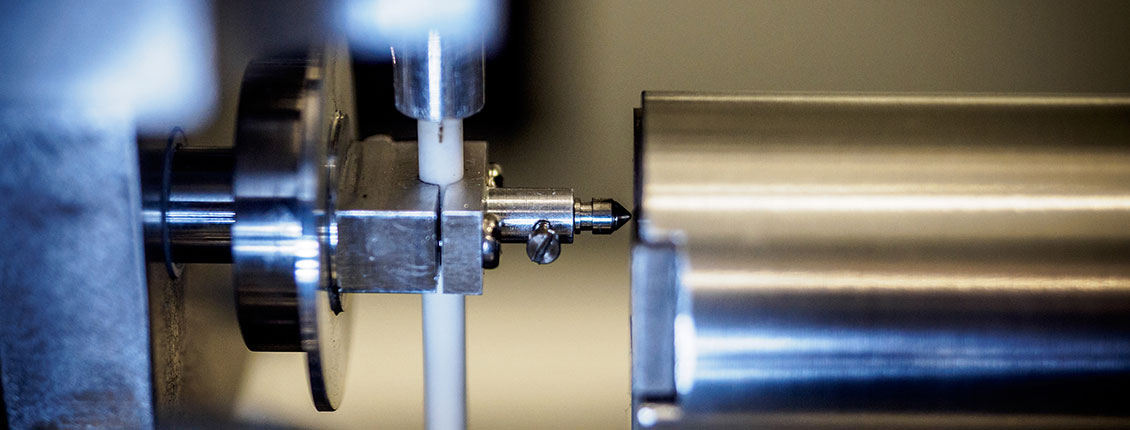Novel high-temperature, corrosion and radiation resistant materials for industrial applications
Multifunctional materials are required to support the implementation of current and future industrial processes in harsh environments – high temperature, oxidising atmosphere and radiation – that cause material fatigue. To create shielding and pipework that can operate safely in such demanding environments, new materials need to be developed that are resistant to high temperatures (above 500°C), corrosion (below 1 μm/year) and radiation (above 100 displacements per atom).
The types of advanced industrial processes with such harsh operating conditions include:
Hydrogen production: Hydrogen can be produced via high-temperature electrolysis of steam (above 750°C) or using a high-temperature thermochemical process (above 500°C) e. g. FP7 SOPHIA project with CEA and VTT.
Fertiliser production: Hydrogen is a key component in the production of nitrogen fertiliser using the Haber process (N2 + 3H2 ⇒2NH3). However, hydrogen is typically made from fossil fuels (natural gas), which gives rise to substantial CO2 emissions. With the introduction of high-temperature electrolysis of steam to produce hydrogen, it creates a huge beneficial impact on the production of fertiliser and reduction in CO2 emissions.
Coal liquefaction: The process of converting coal into liquid fuels and petrochemicals is done using direct or indirect processes (involving the Fisher-Tropsch process). The direct process requires the use of solvents or catalysts in high temperature and high pressure environments to break down the organic material.

Advanced nuclear power reactors: Advanced reactors need to be resistant to high temperatures (Generation III: above 350°C; Generation IV: above 750°C); robust to an aircraft impact such that no radiation would be released; and have long operating lives (60 years or longer).
Nuclear fusion: Nuclear fusion requires extreme temperatures – about 100 million Kelvin – and pressures in order to squeeze hydrogen atoms to within 1x10–15 m of each other and so fuse together. Current technology allows for deuterium-tritium fusion, but higher temperatures are required for deuterium-deuterium fusion. Due to the extreme power densities (reaching 2 kW per cm2) involved in fusion, the materials required for the reactors must withstand very high temperatures and high radiation damage levels (above 100 dpa).





